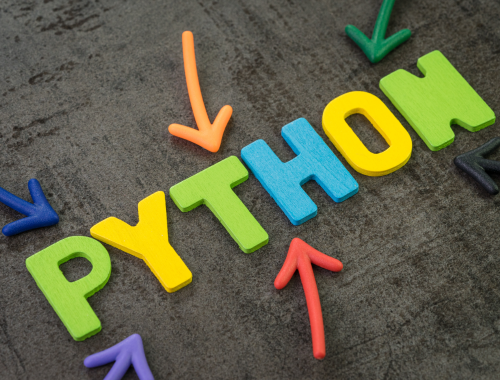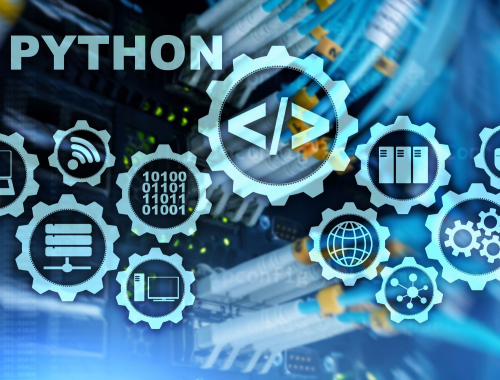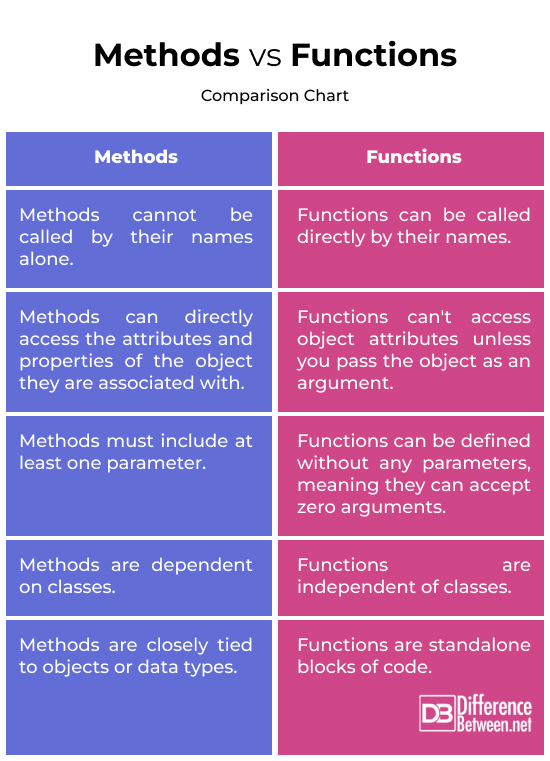Difference Between Methods and Functions in Python
Python methods and functions are tools to simplify and streamline your code. They make your code more readable and reusable. Interestingly, Java only has methods and C has functions, but Python has both functions and methods. They are both responsible for encapsulating blocks of code, but they serve distinct purposes. In this article, we’ll talk about them in detail and discuss the differences between methods and functions in Python.

What is a method in Python?
A method is a block of code in Python that is associated with a specific object or data type. Think of it as a set of instructions tailored to work with a particular “thing” in your code. These instructions define what actions can be performed on that specific object. Methods are functions that are tied to specific data types or objects.
Each object in Python, whether it’s a list, a string, or some other data type, has its own set of methods that describe what that object can do and how you can interact with it. They define the behavior of an object and allow you to manipulate or interact with that object.
For instance, if you have a string (a sequence of characters), it has methods that let you manipulate it, such as changing its case (making it all uppercase or lowercase), finding and replacing text within it, or even splitting it into smaller pieces.

What is a function in Python?
Functions are the building blocks of your Python script that simplify your code by grouping a set of instructions together. Functions allow you to write a piece of code once and use it multiple times. This promotes efficiency and consistency in your code. You can break down your code into smaller, manageable parts by using functions.
Functions can accept input parameters, allowing them to adapt to different situations. They add value to your Python programs by making them more organized, readable, and adaptable. They are reusable sets of instructions that you can call upon to perform specific tasks or calculations.
Difference between Method and Function in Python
Object-Oriented vs. Procedural
Methods are a fundamental component of object-oriented programming (OOP) and are central to classes and instances in Python. They encapsulate the behavior of objects. Functions are a core element of procedural programming, and they play a more general role in structuring code, promoting modularity, and enhancing reusability.
Association with Objects
Methods are closely tied to objects or data types. They define the behavior of a specific object and operate on that object. For instance, string methods manipulate strings, list methods work with lists, and so on. Functions, on the other hand, are standalone blocks of code that aren’t inherently associated with any specific object. They are general-purpose and can be used with various data types or independently.
Access to Object Attributes
Methods can directly access the attributes and properties of the object they are associated with. They can modify or retrieve data from the object. On the contrary, functions can’t access object attributes unless you pass the object as an argument. They work with values passed as parameters.
Invocation
Functions can be called directly by their names. For example, if you have a function named ‘my_function’, you can invoke it simply as ‘my_function()’. Methods, on the other hand, cannot be called by their names alone. They always need to be invoked on an object using the dot notation. You can’t call a method like ‘method_name()’; it should be called on an object, such as ‘object.method_name()’.
Methods vs. Functions in Python: Comparison Chart

Summary
To summarize, functions are versatile and can be called by name, accepting any number of parameters, including zero. They’re independent blocks of code that can be used for various tasks. Methods, on the other hand, must have at least one parameter, and they are closely tied to objects and classes. Methods act as specialized tools that encapsulate behaviors specific to those objects. The difference in how functions and methods are called reflects their distinct roles in Python programming.
FAQs
Is a method a function in Python?
Yes, a method is a type of function in Python, but it is associated with a specific object or class and is used to define behaviors and actions related to that object or class.
Why use methods instead of functions?
Methods are used in Python to encapsulate and organize behaviors specific to objects and classes. They provide a way to interact with and manipulate object data.
What are the three types of methods in Python?
In Python, there are three main types of methods: instance methods, class methods, and static methods. These serve different purposes in the context of object-oriented programming.
What is the method () in Python?
Methods are typically called using dot notation, such as “object.method()” or “class.method()”. The method name follows the object or class it is associated with.
What are the three main differences between a method and a function?
- Methods are associated with objects or classes, while functions are standalone blocks of code.
- Methods require at least one to access object-specific data, while functions can have zero parameters.
- Methods are called using dot notation, while functions are called by name alone.
Why is it better to use functions in Python?
Functions are known for their versatility, reusability, and modularity. They can be used independently, accept various parameters, and perform tasks without being tied to specific objects or classes.
What does it mean to call a function or method?
When you call a function or method in Python, you’re executing the code within it. When you call a function, you use its name followed by parentheses, which may contain input arguments. For methods, you use dot notation, specifying the object or class they belong to, followed by the method name in parentheses and any necessary arguments.
- Difference Between Caucus and Primary - June 18, 2024
- Difference Between PPO and POS - May 30, 2024
- Difference Between RFID and NFC - May 28, 2024
Search DifferenceBetween.net :
Leave a Response
References :
[0]Mueller, John Paul. Beginning Programming with Python for Dummies. John Wiley & Sons, 2018.
[1]Martelli, Alex. Python in a Nutshell: A Desktop Quick Reference. “O’Reilly Media, Inc.,” 2006.
[2]Lott, Steven F. Functional Python Programming: Discover the Power of Functional Programming, Generator Functions, Lazy Evaluation, the Built-in Itertools Library, and Monads, 2nd Edition. Packt Publishing, 2018.
[3]Image credit: https://www.canva.com/photos/MADTTvzv0d8-python-programming-language-on-server-room-background-programing-workflow-abstract-algorithm-concept-on-virtual-screen-/
[4]Image credit: https://www.canva.com/photos/MADmxgBd_qQ-python-modern-programming-language-for-software-development-or-application-concept-multi-color-arrows-pointing-to-the-word-python-at-the-center-of-black-cement-chalkboard-wall/
